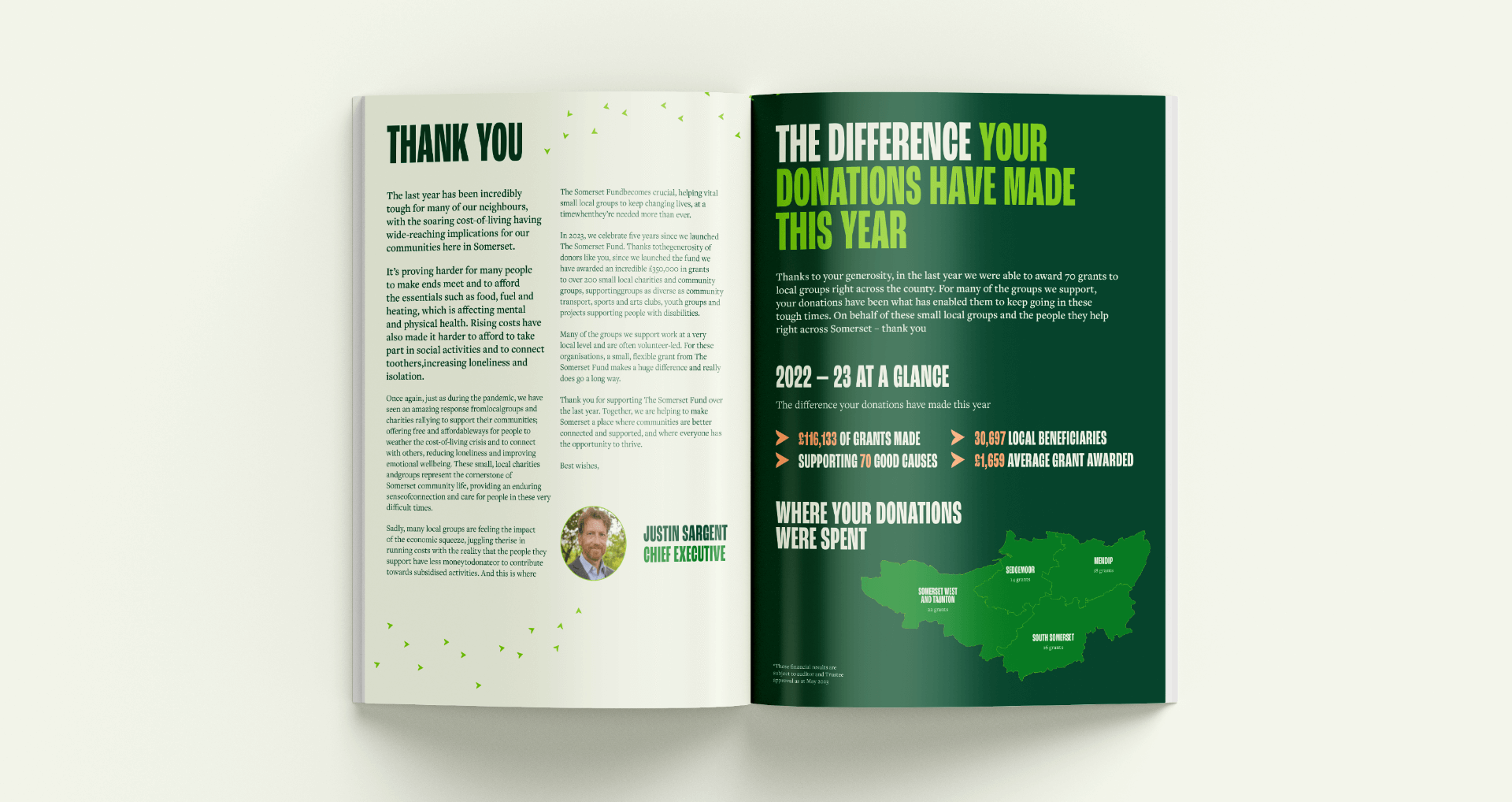Branding or marketing – What comes first?
Why getting your priorities right can make all the difference

Does this sound familiar? Your to-do list never seems to be getting any shorter. There are so many areas you need to cover, including those outside your comfort zone or beyond the scope of your expertise. Keeping on top of everything is proving challenging.
Taking a balanced approach and carving out time to make sure you pay at least some attention to every item sounds like a recipe for success. But, when it comes to branding and marketing (in this case we’re particularly focusing on marketing communications), this approach is one that doesn’t work so well.
Putting it all in order
When you’re talking about branding and marketing communications there is a definite order of things. Although they’re closely related and should, once your brand is established, enjoy a symbiotic relationship, your business will do much better if they’re tackled separately by specialists.
As they’re both terms that have become assimilated into the everyday, it’s helpful to go back to basics – remind ourselves of what they mean, unpick how they differ and outline how you can best get them working in tandem to help your business grow.
What is branding?
The act of branding defines who you are as a company. It’s why you’ve come into being, the need you fulfil, who you serve, where you sit in the market, what makes you special and your vision for the future. As such, it gets communicated through any variety of touchpoints, from your logo and brand style guidelines, to your website and how your staff show up for your customers. It also covers how you create an emotional connection with everyone who comes into contact with your business.
Although you’ll have been involved in shaping your brand, once it’s out in the world, it also becomes what your customers perceive it to be. Your brand, and from that your reputation, gets built by all the interactions – digital, human and everything in between – your customers experience with your company.
As Jeff Bezos has been quoted as saying,
A brand is what people say about you when you’re not in the room.
What is marketing communications?
Marketing communications is generally understood to be the strategies and tactics you employ to actively promote your company and its offering. It’s the actions you undertake to build awareness and deliver your messages online and offline. It includes channels, tools and processes such as email, social media, content, pay per click, influencer, broadcast, video and print.
How they differ and what comes first
Often bundled together, branding and marketing communications fulfil very different functions in your business. Branding is how you define who you are and what you stand for, marketing is how you utilise and draw attention to that brand as a driver of the long and short-term goals of your business.
So although it’s easy to get tangled up in the ‘which comes first, chicken or egg?’ conundrum, in this case it’s pretty simple: Because it sits at the heart of, and informs your marketing communications strategy (and indeed the direction of your entire business), branding has to come first.
Working with a brand specialist
We’ve already established that your brand is an important driver of your business’s performance. Businesses that enjoy sustained success over the decades invariably have a strong brand that acts as a single organising principle – creating an ownable space which unites what they do, with how they do it and how they’re perceived.
Because branding is so strategically important, working with a brand consultant gives you the means of taking that crucial bigger picture view of your business as well as the marketplace and wider context that you operate in.
A branding exercise should be collaborative – done with you, not to you. A brand consultant will gather research and insights from across all your company functions in an inclusive way. Your audience, the people you serve, are placed at the centre while your teams are involved from the start. And the very process itself opens you up to sharpening your company purpose and being supported to embed meaningful values your team can live by.
It’s only by undertaking this thorough exercise that the design element – the most visible aspect of brand identity (all too often mistaken for the whole) is able to align your brand positioning with its creative expression.
Bringing it all together
With a strong brand identity in place, something they can really get behind, marketing communications specialists, working across a range of disciplines including advertising, PR, content creation and social media are then able to make the most of your brand to promote your business’s long-term strategic objectives as well as delivering on shorter-term, sales-led goals.
In this way, brand strategy cuts across all facets of a company, determining internal behaviours, affecting outward appearances and driving outcomes. In the words of branding expert, Robert Bean, a brand is so much more than a ‘nice to have’, it’s a mission-critical, competitive weapon that done right, will drive the success of your business.




